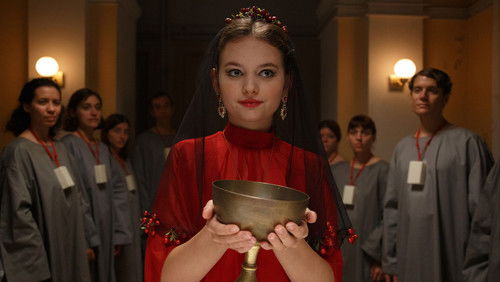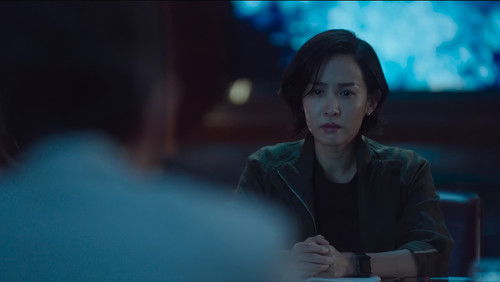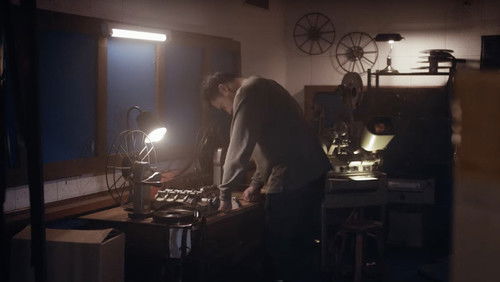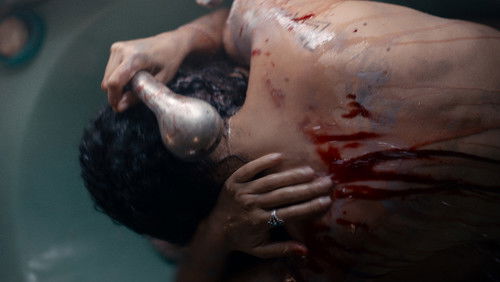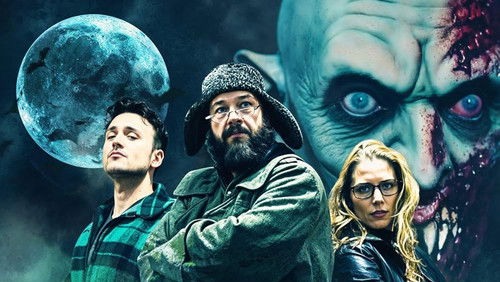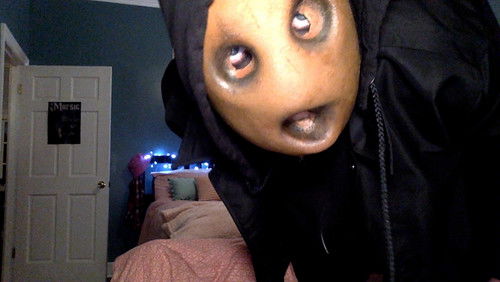Totentanz der Vampire (1971)
54KTotentanz der Vampire: Directed by Peter Duffell. With Denholm Elliott, Peter Cushing, Joanna Dunham, Tom Adams. An anthology of four horror stories revolving around a mysterious rental house in the U.K.
“Four tales of terror regarding the events at a creepy old mansion are recounted to sceptical Scotland Yard investigator Holloway (John Bennett) as he investigates the whereabouts of the latest occupant of the house that dripped blood.u003cbr/u003eu003cbr/u003eOne can only struggle to find the words to describe the true brilliance that is The House That Dripped Bloodu0026#39;. This Seventies horror anthology is quite remarkable in the way that such a visually innocent movie is capable of inducing horror in even the most discerning of viewers. Incredibly, the number of depictions of violence on-screen can be counted on one hand but the film is still able to portray brutality and succeeds in conjuring up the most horrific images in the viewers own imagination, all the while refraining from taking the obvious route of graphic violence. In a rare feature of early Seventies horror the technicalities of the movie are virtually flawless, from the faultless performances of the star-studded cast (featuring the legendary Peter Cushing, Christopher Lee and Ingrid Pitt) all the way to the superb direction and story telling courtesy of Peter Duffell and master of the macabre writer Robert Bloch (the author of the novel Psychou0026#39;). The only real complaints that one may have with The House That Dripped Bloodu0026#39; are the somewhat asinine plot-twists at the end of the first two segments and the predictable ending of the picture, but even these minor details fail to detract from the overall viewing enjoyment.u003cbr/u003eu003cbr/u003eThe first segment, entitled Method for Murderu0026#39;, tells the story of Charles Hillyer (Denholm Elliott), a horror author who rents the creepy house while he works on his latest novel. While working on the novel, Hillyer continues to start seeing the murderous character from his story in and around the house and soon begins to question the difference between fiction and reality. Elliottu0026#39;s performance in this piece is truly exceptional and his character is given a surprising air of believability. The key to this segment, as with the others, is the mystery surrounding the events that take place. The viewer is made to question whether the sight of the murderous character of Dominic is merely a hallucination, a schizophrenic disorder or whether the character is actually there. Duffellu0026#39;s direction succeeds in creating an unsettling atmosphere coupled with a slow, methodical approach to engendering the tension and suspense required to make the segment greatly enthralling.u003cbr/u003eu003cbr/u003eThe following segment features Peter Cushing as the new occupant of the sinister house. During a trip into town he comes across a wax museum of horrors and decides to venture in. While there, he discovers a wax model of a beautiful woman that seems all too familiar to him. Cushingu0026#39;s character (Philip) is then joined by his friend Neville (Joss Ackland) who also wishes to visit the museum, much to the dismay of Philip. In this segment the viewer is given no more than very subtle clues as to the mystery of the wax woman but in general the viewer is left in the dark. There is far less tension to this particular story yet the segment still succeeds in maintaining its air of mystery through a particularly harrowing dream sequence and the general ambiguity of the story. Duffellu0026#39;s direction is once again exceptional and while this is quite possibly the weakest of the four stories, there is no denying that through some creative direction and credible acting Waxworksu0026#39; is still a delightful entry into the film.u003cbr/u003eu003cbr/u003eWaxworksu0026#39; is followed by what is, in my opinion, the greatest of the four segments Sweets to the Sweetu0026#39;. Christopher Lee stars as John Reid, the father to a young girl who to begin with has an inexplicable fear of fire which is soon remedied by caring nanny Ann Norton (Nyree Dawn Porter). However, John appears to be harbouring a dark secret about the family. Sweets to the Sweetu0026#39; is easily the most sober and intricate of the four stories and that is why the segment is undeniably compelling to the viewer. Throughout the segment small and subtle clues are released about the truth behind the family, but it is not until the immensely horrific final scene that everything slots neatly into place. This is the best example of how Duffell used dramatic tension and suspense to create the foreboding atmosphere that made the entire film great. Accompanied by a wonderfully arranged soundtrack, Sweets to the Sweetu0026#39; is an exercise in sustained fear that grabs the viewer by the throat and refuses to let go until the agonising screams that end this piece finally cease. Personally, I believe that this short segment would have made an entertaining and haunting feature length movie and I would give this segment a rare 10/10.u003cbr/u003eu003cbr/u003eThe film is ended with the story surrounding the missing performer that the investigator was originally interested in. Jon Pertwee and Ingrid Pitt star as two performers who are currently working on a horror movie. Pertweeu0026#39;s character is disgusted with the amateurish production and props of the film and so he purchases his own vampire cloak from a strange shop of mysteries. However, strange things begin to happen when he wears the cloak and soon he begins to fear the worst. This segment, which places the inspector amongst the events, is a nice way to wrap up a wonderful anthology. Although there is an irrefutable air of camp to the segment this is, in a way, what makes the story so enjoyable. Unfortunately, there is little in this segment that could be classed as frightening in any sense and the predictable ending could have been executed better but nonetheless the segment has its redeeming features. Horror buffs should definitely look out for Pertweeu0026#39;s brief comment on Bela Lugosiu0026#39;s and Christopher Leeu0026#39;s portrayal of Dracula. This slightly comical and light-hearted approach to the final segment is in essence an adequate and almost natural way of ending the picture even if it lets down the film when compared to the earlier examples of suspense-driven horror.u003cbr/u003eu003cbr/u003eTo sum up, The House That Dripped Bloodu0026#39; is one of the greatest horror anthologies that features an incredible cast, great stories and above par direction. There are certainly worse ways to spend one hundred minutes of your life and while blood and guts fans will be highly disappointed, fans of more tense horror efforts should enjoy this film immensely. My rating for The House That Dripped Bloodu0026#39; 8/10.”
